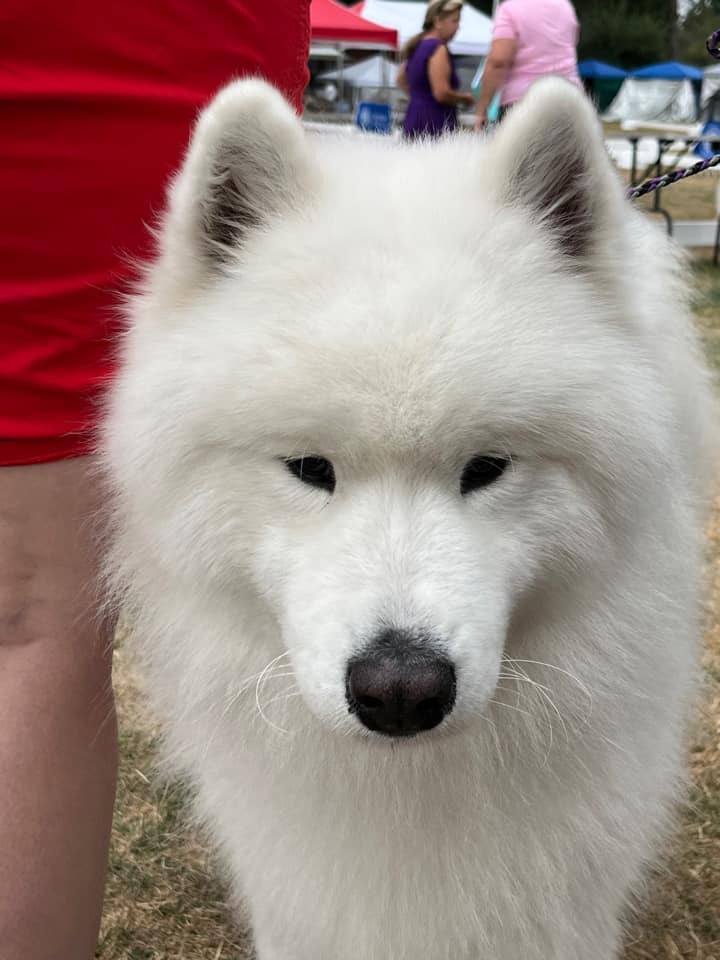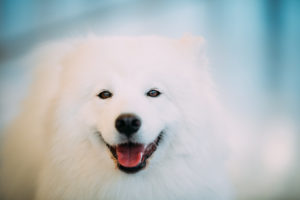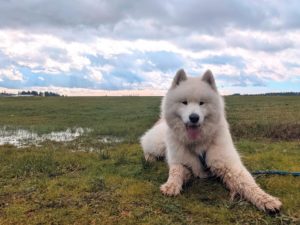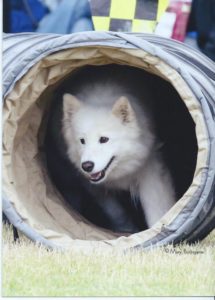Brushing Your Dog’s Teeth
Dr. Jan Bellows
What would happen if you stopped brushing your own teeth? Even if you only ate hard food as most dogs do, there still would be problems. You should be brushing your dog’s teeth at least twice weekly, daily if you can manage it. It’s not as difficult as you might imagine.
What are the benefits? Brushing removes the daily accumulation of plaque from the teeth. Even though dogs do not commonly get cavities, they do suffer from periodontal disease. If untreated the gum disease can lead to pain and loss of teeth.
How to brush teeth? Step one is to pick an appropriate pet toothbrush. Save yourself time by not buying a child’s toothbrush which is usually too hard for dogs. The ideal dog toothbrush will have a long handle, an angled head to better fit the mouth and extra soft bristles. Another option is the finger toothbrush that fits over the tip of your finger.
Step two is to select an appropriate toothpaste. The best pet toothpastes contain enzymes that help control plaque. Try to avoid toothpastes with baking soda, detergents, or salt sometimes found in human pastes. Fluoride may be incorporated to help control bacteria. Rather than placing the paste on top of the brush try to place it between the bristles. This allows the paste to spend the most time next to the teeth.
Step three is to get the brush with paste into your dog’s mouth and all the teeth brushed. Most dogs accept brushing if they are approached in a gentle manner. If you can start when they are young, it’s quite easy, but even older pets will accept the process. Start slowly, you can use a washcloth or piece of gauze to wipe the teeth, front and back in the same manner you will eventually be using the toothbrush. Do this twice daily for about two weeks and your dog should be familiar with the approach. Then take the pet toothbrush, soak it in warm water and start brushing daily for several days. When your dog accepts this brushing, add the pet toothpaste.
The toothbrush bristles should be placed at the gum margin where the teeth and gums meet at a 45 degree angle. The movement should be in an oval pattern. Be sure to gently force the bristle ends into the area around the base of the tooth as well as into the space between the teeth. Ten short back-and-forth motions should be completed, then the brush should be moved to a new location. Cover three to four teeth at a time. Most attention should be given to the outside of the upper teeth.
In summary, dog home care should include daily (or at least every other day) brushing, using an enzymatic pet toothpaste. Taking an active role in the care of your dog’s dental care will help reduce dental disease, bad breath and potential life threatening heart and kidney disease. Everyone wins.
A Dog’s Prayer
Treat me kindly, my beloved master, for no heart in all the world is more grateful for kindness than the loving heart of me.
Do not break my spirit with a stick, for though I should lick your hand between the blows, your patience and understanding will more quickly teach me the things you would have me do.
Speak to me often, for your voice is the world’s sweetest music, as you must know by the fierce wagging of my tail when your footstep falls upon my waiting ear.
When it is cold and wet, please take me inside… for I am now a domesticated animal, no longer used to bitter elements… and I ask no greater glory than the privilege of sitting at your feet beside the hearth… though had you no home, I would rather follow you through ice and snow than rest upon the softest pillow in the warmest home in all the land… for you are my god… and I am your devoted worshiper.







